
If you’re here, it’s because you care about your business and want it to thrive. To be profitable, it’s necessary to reach a certain level of sales. Do you want to achieve your goals and meet the objectives you’ve set for yourself? You must start by working on something essential: create a unique Retail Marketing strategy.
Don’t worry if you don’t yet know where to start; in this post, we’ll tell you everything you need to know to carry out different strategies that will help you increase your sales and thus achieve the expected profitability.
Retail Marketing is the marketing you carry out in your store, it’s as simple as that. Have you ever smelled freshly baked bread and couldn’t resist the urge to enter the establishment to buy a loaf? Or has the aroma of a clothing store ever made you feel at peace? These are precisely retail marketing strategies.
"Connect with your customer, create emotions in them, and you will achieve loyalty"
As you know, humans are often irrational, guided by emotions. Marketing at the point of sale aims to create sensations in the customer, through the senses, to do precisely what you have planned.
The main objective of this strategy is not just commercial, but to retain the customer and generate a positive shopping experience. Creating a comfortable and well-thought-out space where the customer feels at ease. But this does not happen immediately; it arises as a result of understanding the needs and profile of the consumers who come to your business. What motivates them to choose you?
An example of success in Retail Marketing is Starbucks. Since it appeared on the market in the 70s and after a long transformation, it has become the leader of coffee shop chains worldwide. It has managed to create its own identity that is reflected in all its establishments. When you enter their stores, you immerse yourself in a relaxing and pleasant atmosphere, where all elements such as music, sofas, decoration, lighting, etc., help create the experience of “having a coffee at Starbucks,” for which the customer is willing to pay a high price to enjoy. These stores have become for many people the “third office to work” after the office and home.
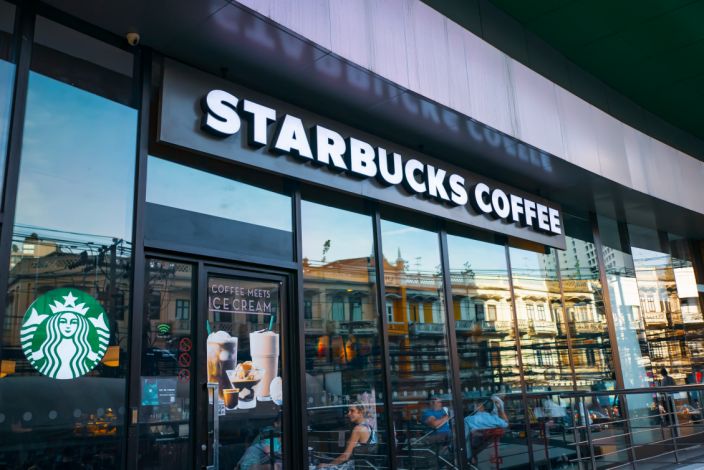
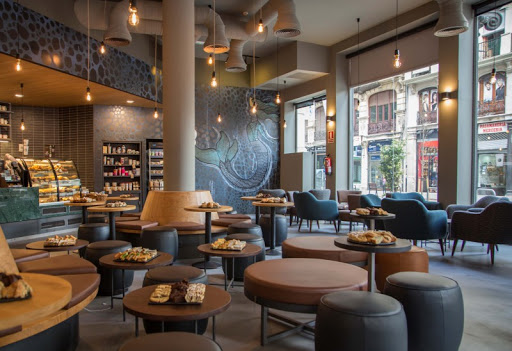
Starbucks store interior in Madrid
Starbucks store interior in Urugay
Do you think everything is lost after the growth of online sales? Well, no. Trends point to omnichannel, reaching the consumer through various channels. It is true that purchasing habits and the way of consuming have changed, but humans still need to touch the clothes we buy or have a pleasant meal in a restaurant. You have to adapt to these transformations, combining digital marketing with your point of sale. You must not forget the strategies on your website and social networks, but neither the actions in your commercial premises. The key is to create an experience in your establishment so good that it becomes necessary for the customer.
By applying short or long-term Retail Marketing strategies, you are helping to generate a good Brand Image, thus achieving that your business ranks in the “Top of Mind” (first position in the mind of your customer when thinking of a service or business). It is about being a reference in the sector, achieving positioning. Do you dare to apply these strategies in your store?
Marketing strategies in the retail sector are not so different from the traditional marketing principles of Philip Kotler.
An essential starting point is to analyse the environment, both externally and internally; to know what weaknesses, strengths, opportunities, and threats exist. Conduct a market study to know who your competitors are on a local, national, and international scale.
Once that study is done, you must be very clear about the levels of the sales process in-store. These are:
Visits. It’s simple; you’ll have more chances to sell if you receive more visits to your store. To do this, you have to incentivise entry to your premises, either through digital means or by having an attractive facade and window display.
Sales. A higher volume of sales will positively impact you. To achieve this, you must follow attractive promotion and offer strategies in your store with displays, exhibitors, signage, screens, etc.
Return. Here loyalty comes into play. Your customers may buy, but do they return? Return can provide you with great benefits, even more than a single sale, and can lead you to position yourself as a reference. This can only be achieved through a shopping experience that produces unforgettable emotions in the consumer.
Ambassadors. These are brand ambassadors. Think of all those people who take pictures of their Starbucks cup or those who take photos with luxury brand clothing. What they are doing is giving you free publicity. Having a happy buyer speak well of you is the best thing that can happen to you. For this, you need a good market positioning strategy.
Retail Marketing Solutions
Once you know your situation, you must know or choose your competitive advantage (USP, “Unique Selling Proposition”). This is what sets you apart from the rest of the competitors, why consumers will choose you.
In the retail sector, it is important to pay special attention to the “4 Rs of Retail Marketing” to guarantee success in your customer relationships, which are cost reduction, relevance, reward, and customer relationship.
3. Cost Reduction.
Try to make the sales process as efficient as possible, minimising unnecessary or simplifiable expenses, always without compromising the quality of the service offered.
4. Caring for the Customer Relationship.
Care for and try to maintain relationships with them in whatever phases of your Retail Marketing strategy, such as the delivery process or post-sale service. The goal is to create close relationships with customers to retain them and have them choose you again. Your customers ask for communication, and the key is to connect with them, whether through social networks or in your physical store.
Did you know that 70% of a customer’s purchase decisions are made in-store? This is stated by a survey conducted by MPAC. It is important to take this figure into account when designing marketing strategies developed within the store.
Knowing that purchase decisions are not usually a rational choice, but are based on a series of environmental and psychological factors that go beyond functional characteristics or quality; marketing professionals must understand the mental process by which consumers make purchasing decisions and design tailored strategies accordingly.
On the other hand, today’s consumer knows the power they have over brands. They are informed and demanding consumers. What they want, they want “right now” and you must provide it.
In retail marketing, there are two terms you should know to design your strategies: Trade Marketing and Shopper Marketing.
Trade marketing is the discipline responsible for analysing, choosing, and executing the best strategies to implement at the point of sale, considering the specific characteristics of each physical space. The people in charge, known as “traders,” make decisions such as where it is most profitable to place a display, what type of promotions to implement, or whether to carry out activities that encourage impulse buying. In general, they are responsible for creating new strategies for stores based on experiences and data occurring at the point of sale, such as the indicator of the store’s footfall.
The goal of Trade Marketing is to improve the relationship between the brand and the customer by enhancing activities at the point of sale. This strategy uses “Push tactics,” which push or incite the customer to make a decision. It encompasses everything from placing a promotional sign or display at the point of sale to ensuring the inventory is stored and attractive.
A clear example is the decision to go to a trade fair or showroom. Aspects such as where, when, with what promotions, and what you want to communicate or sell, the design of the packages your product will have, or traditional mailbox advertising.
In the online world, the tactics used are: content marketing, such as creating a blog or attracting an audience to your social networks like Facebook, Twitter, or Instagram.
In contrast, there is another technique that fosters desires in consumers before they reach the point of sale. This discipline is dedicated to “Shopper Marketing” (Marketing dedicated to the buyer, not the consumer themselves). A clear example is a purchasing manager who must decide which supplies to choose for their company’s warehouse. This person represents the buyer (“shopper”), but not the consumer of those materials. It is towards them that the efforts of this marketing discipline are focused.
Shopper Marketing uses tactics (to attract the consumer) to make them aware of and purchase the product. For this, it must put itself in the buyer’s shoes and study them psychologically to understand the reasons, needs, desires, and purchasing habits of these people.
How can you create stimuli that generate positive experiences in the customer’s shopping experience?
To start, Shopper Marketing tries to have an immediate impact and directly influence the buyer’s behaviour. For this, tactics such as Word of Mouth, the AIDA method (advertising model whose acronym stands for Attention, Interest, Desire, and Action) will be useful.
Some examples in the offline world are: publishing recipes near food items or arranging them to encourage complementary purchases (publishing a chocolate chip cookie recipe and placing all the ingredients together: dough, chips, and moulds).
In the online world, you can play with various resources such as customer reviews, attractive product photos, and an interactive website.
Both disciplines, although similar and aimed at increasing sales, have differences between them and it is necessary to understand them to ensure success when choosing the Marketing strategy for your retail business. While one analyses the buyer; the other negotiates and executes store by store. Together, they can create an in-store experience that persuades shoppers to repeat their purchase and increase the brand’s value.
Marketing strategies at the point of sale allow you to incentivise purchases and increase the value of the average basket. Campaigns are regularly created for potential store customers to encourage consumption, creating a conducive environment for it. Retail marketing represents the set of actions and strategies carried out at the point of sale. Its particularity is that it is the activity that directly connects with the customer.
"Know your enemy better than yourself"
If you want these strategies to work and truly connect with your customers, it is essential to conduct a preliminary study. You must start by analysing the market and the opportunities in the sector and study your competition “know your enemy better than yourself.” Find your differentiating element; there are many companies that offer the same services and products as you, so you must find that “something” that makes you different so that customers choose you over the rest. Find your target; identifying and segmenting your target audience is essential if you want to know their tastes, needs, concerns… you must have an exact profile of them if you want them to feel comfortable at your point of sale and end up buying.
Once the study is done, you must focus on the objective you want to achieve. These can be: increasing customer satisfaction, increasing the average stay time, improving store entries, improving customer recurrence, etc. They all share the same final objective, improving results. For this, it is essential to set SMART objectives (specific, measurable, achievable, realistic, and time-bound), because as we will see in the last section of this post, “what cannot be measured cannot be improved.”
For retailers, it is fundamental to analyse and delve into the customer’s shopping experience to constantly improve and add value. But what are the guidelines to follow to improve results thanks to retail marketing?
Below are specific examples of retail marketing strategies that you can implement at the Point of Sale:
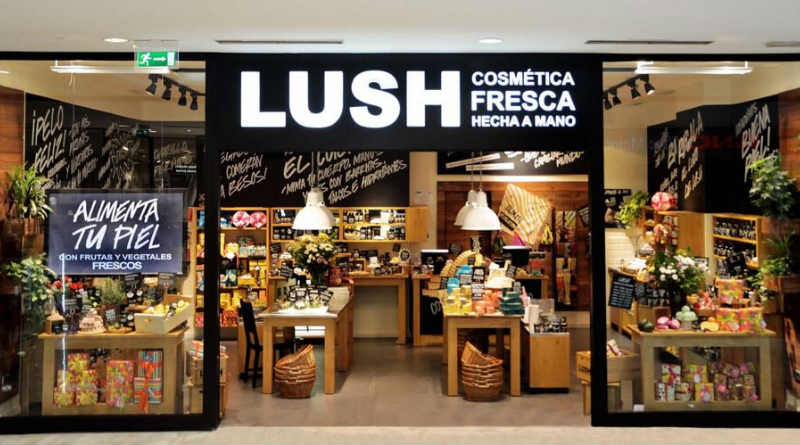
Lush store Spain
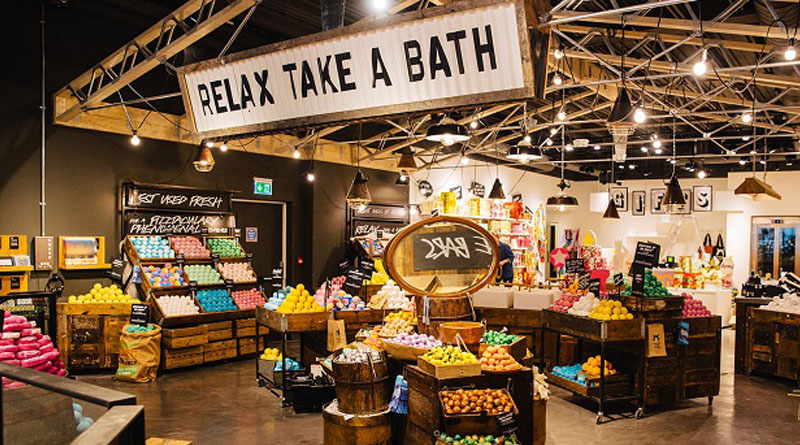
Although we live in an increasingly digital world, direct and personal communication with the customer remains fundamental. Most people who enter the world of retail do so because they want complete service, a different experience, and more personalised treatment.
We encourage you to keep working to adapt to all the changes in the sector!
The retail sector has experienced a sharp shift towards the online world. Consumers feel safe and consider it more convenient to shop from their homes, which has been significantly influenced by the coronavirus pandemic crisis. According to an article recently published by Bernard Marr in the prestigious Forbes magazine, Marr, B. (2020, 16 November) The 5 Biggest Retail Trends In 2021, it states that the trends in retail in 2021 will be guided by the following criteria: Offline sales are not abandoned but rather reaching the customer complementarily through the use of the website, email marketing, and social media, as well as in the store. The use of technology becomes indispensable to add value to your services for the user. Think about how you can implement Augmented Reality, Virtual Reality, or Artificial Intelligence services. This is an investment that ensures success in the shopping experience and is here to stay. Many studies and success stories show that the future of Retail Marketing goes hand in hand with technology, and retailers will need to adjust or rethink their infrastructures to meet these shopping habits.
Inditex, when it launched its app in 2018, allowed Zara customers to virtually see how clothes fit them; or the Alibaba giant, when it launched a new shopping section called Buy+ that allows users to recreate the in-store shopping experience virtually, as well as even visiting New York City.
Other resources include augmented reality glasses, virtual fitting rooms, chatbots, or virtual assistants. There are countless options; you just need to find the one that will make your business shine.
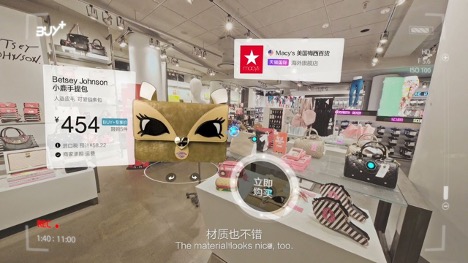
Aliexpress virtual store
"What cannot be measured cannot be improved"
We pose the following question: Do you know if your marketing campaigns are really effective?
Traditionally, sales are used as a measure of the success or failure of a marketing campaign, but as we have mentioned, this is not the only variable nor the most reliable one. By knowing how many people enter, at what time, how long they stay, if they buy… you will be able to adjust your strategies to increase your sales.
Performance indicators in the retail world are measured using Retail Intelligence (RI) techniques.
Retail Intelligence (RI) tools analyse the data generated in a retail company’s operations. Their applications allow real-time analysis and processing of critical information for the company, with interactive access, to increase knowledge and facilitate decision-making. With these tools, you can know the number of potential customers who pass by your business daily and how many customers enter the stores.
There are two important metrics you should know: the KPI (Key Performance Indicators) for the penetration rate, which is the percentage of customers passing by the store versus the number of customers entering it, and the conversion rate for visitors who make a purchase. You will also be able to know interesting data about your store that you would not otherwise know, such as the store’s capacity at any given time, the average time customers spend in the store, how long each sale lasts on average, and the preferred day of the week for entries.
It doesn’t matter if the business you are engaged in within the retail sector is focused on fashion, design, services, electronics, perfumes, or any other product or service. With all this data, you will be able to take measures to correct or prevent errors and maximise performance and efficiency in your business. You now know the importance of Retail Marketing, and if you follow the advice we have just outlined, your sales will undoubtedly increase significantly.
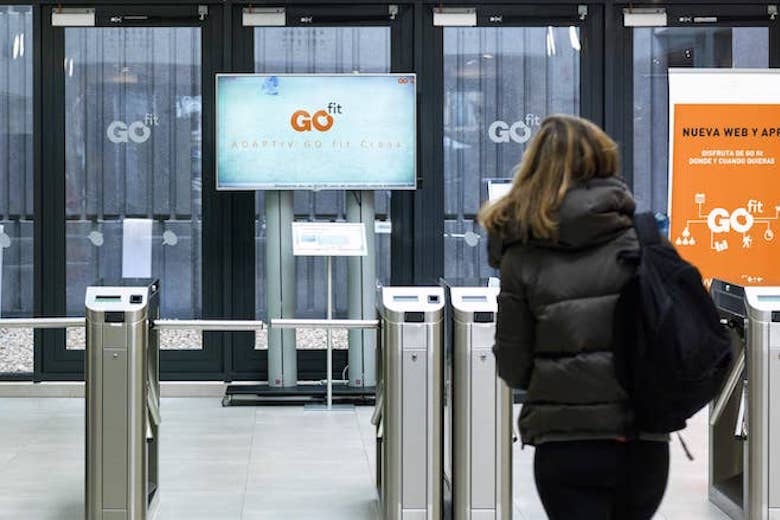
Screen installation with audience and client measurement software for GoFit by INSTORE.

Installation of a camera to measure audiences and customers in the Rodilla restaurant by INSTORE.
You may also be interested
open
08:00 AM-18:00 PM Monday – Friday
08:00 AM-18:00 PM Monday – Friday